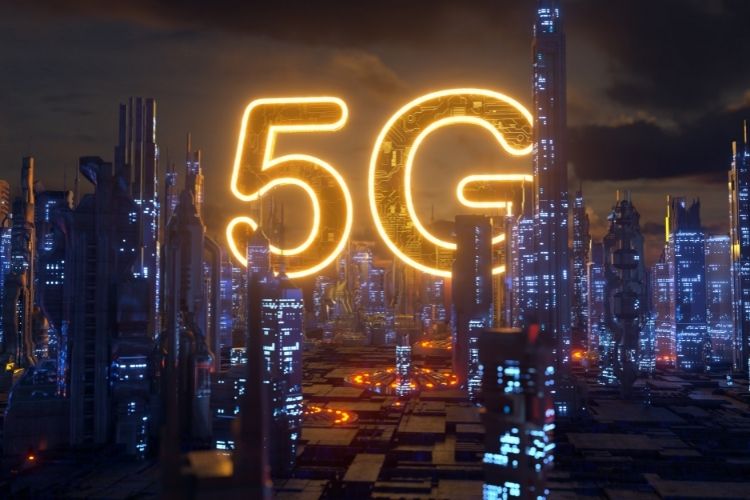New research from Fortune Business Insights explores growth in the 5G sector, suggesting the global 5G infrastructure market will exceed $80 billion by the end of 2027. The 5G infrastructure market is growing because more entities are realizing the need for high-speed, low-latency connectivity in mission-critical situations like national defense.
In fact, according to the latest from MarketsandMarkets, the global 5G in defense market will grow from $665 million this year to more than $2.4 billion in five years’ time—a CAGR (compound annual growth rate) of 30.2% between 2022 and 2027. The research firm says 5G enables high-speed data transfer and high system spectral efficiency with relatively low battery consumption. What’s more, 5G also offers the ability to connect several devices simultaneously. MarketsandMarkets says 5G in defense enhances intelligence, surveillance, and reconnaissance systems and processing, and it enables new methods of command and control.
A new collaboration will do just that. Earlier this month, AT&T and Northrop Grumman announced their intention to work together to support the U.S. DoD (Dept. of Defense) through the R&D (research and development) of a “digital battle network” powered by AT&T 5G and Northrop Grumman’s advanced mission systems. The goal is to take the high speeds, low latency, and cybersecurity of private 5G networks and combine these features with the flexibility and scalability of AT&T’s commercial 5G capabilities. AT&T says the resulting digital battle network will be a cost-effective, scalable, open architecture solution that will help the DoD connect distributed sensors, shooters, and data from all domains, terrains, and forces.
Importantly, the AT&T/Northrop Grumman collaboration will help the DoD move toward its goal of implementing JADC2 (joint all-domain command and control). Last month, Deputy Secretary of Defense Kathleen Hicks signed the JADC2 Implementation Plan and called JADC2 a “warfighting necessity” in today’s ultra-connected world. The DoD says JADC2 makes it possible to “sense, make sense, and act on” information across a battle space using technologies like automation, AI (artificial intelligence), predictive analytics, and machine learning.
The DoD has further proven its interest in 5G by recently establishing a cross-functional team dedicated to accelerating the adoption of 5G and future generations of wireless networking technologies like 6G. The cross-functional team is tasked with handling policy, guidance, R&D, and acquisition relating to 5G and future generations of wireless technology. The team will also work with partners in industry and take steps toward ensuring interoperability.
Interoperability concerns are one hurdle to 5G adoption in defense and other sectors. MarketsandMarkets identifies a lack of standards and protocols for the use of 5G as a roadblock to market growth in its recent report. Other restraining factors include a relative lack of proven use cases in defense and, in general, a shortage of workers with in-depth knowledge of wireless technologies. However, the DoD has shown it recognizes the importance of overcoming remaining hurdles to the use of 5G wireless technology in defense applications. Its language suggests it believes 5G is vital to the future of defense, and therefore, the U.S. simply must be at the cutting edge of wireless now and going forward.
Want to tweet about this article? Use hashtags #IoT #sustainability #AI #5G #cloud #edge #digitaltransformation #machinelearning #infrastructure #cybersecurity #wirelesstechnology #6G #defense #DoD #ATT#NorthropGrumman #interoperability


